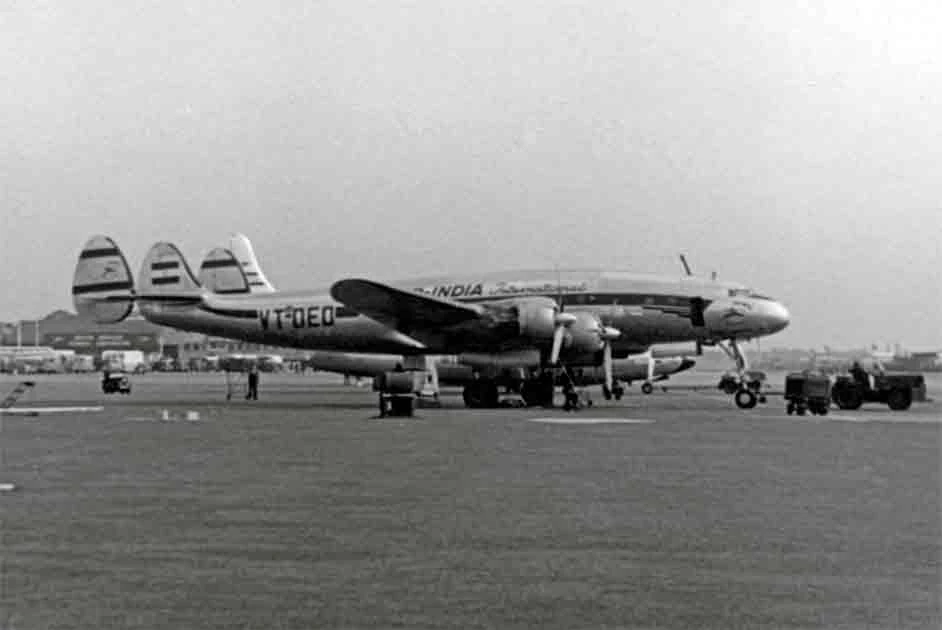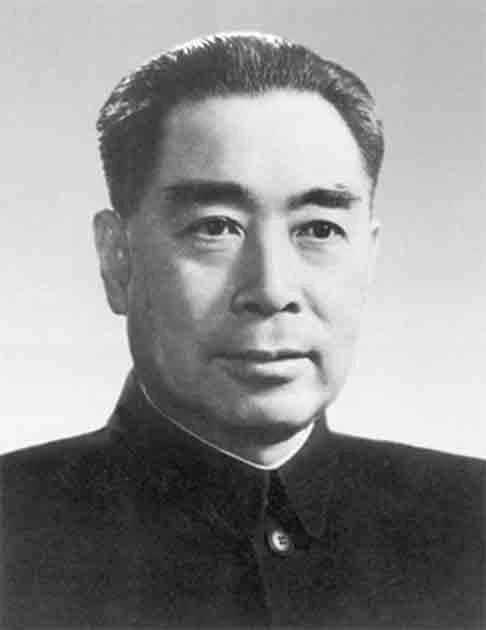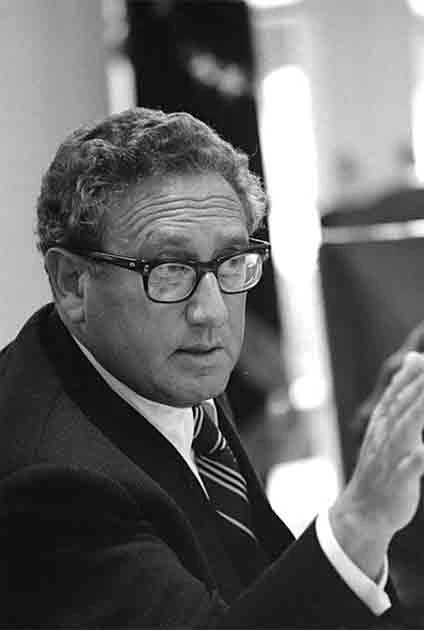The Kashmir Princess crash of 1955, the mid-air explosion of a passenger aircraft during the Bandung Conference, has drawn many suspicions over the years. Was the explosion specifically targeting Chinese Premier Zhou Enlai’s delegation? Was it nothing less than an assassination attempt by anti-communist forces, an incident which resulted in 16 casualties?
Though Zhou Enlai altered his travel plans, the tragedy underscored geopolitical tensions and the struggle between communist and nationalist factions. It also birthed several conspiracy theories.
Did Zhou know what was coming and change his plans ahead of time? Was the CIA involved? While historical consensus might agree on who pulled the trigger, the answers to these questions remain missing to this day.
The Incident
The Kashmir Princess Crash occurred on April 11, 1955. That morning, at 4.25 GMT Air India Flight 300 (a chartered Lockheed L-749A Constellation) departed Hong Kong and headed for Jakarta. On board, it carried a mixture of Chinese and Eastern European delegates (mostly journalists) who were all headed for the Afro-Asian Bandung Conference.
Four hours into the flight at around 9.25 AM the crew heard an explosion and saw that their right wing was on fire. The fire seemed to be coming from just behind Engine No. 3 and as the cabin filled with smoke and warning lights lit up the captain tripped the switch to turn off the engine, fearing it was about to catch fire.

The plane still had three healthy engines and the crew sent out three distress signals, giving their last known location as being over the Indonesian Natuna Islands. Unfortunately, things spiraled out of control quickly. As the plane’s electrical circuitry began to fail its radio died.
The captain decided to attempt to land the plane on the sea, but it was impossible. The cabin was depressurizing, he didn’t have full control of his plane thanks to its failing electrics and his visibility was limited by the smoke that was now pouring into the cockpit. Given no other choice, the captain and crew handed out life jackets, readied the emergency doors, and prepared to ditch the plane into the water.
It was a messy crash. The starboard wing hit the water first, causing the crashing plane to tumble and tear into three parts. Disintegrating quickly, the plane then fell to pieces.
Only the ground engineer, navigator, and first officer survived and were rescued by the local coastguard. The remaining 16 souls onboard all either died in the crash or drowned. A subsequent investigation confirmed everyone’s worst fears: the initial explosion had been caused by a time bomb.
Why bomb a plane full of dignitaries and journalists? No one on the plane was particularly important from a geopolitical perspective. Well, the answer might be in the original passenger list.
Originally Zhou Enlai, the first Premier of the People’s Republic of China, was supposed to be onboard the plane. He had planned to fly from Beijing to Hong Kong and then meet the dignitaries and fly with them to Jakarta.
However, his travel plans changed when an emergency appendectomy meant he missed his Hong Kong flight. He eventually arrived three days after the crash and flew to Rangoon to meet the Indian Prime Minister, Jawaharlal Nehru, as well as the Burmese Prime Minister. After meeting them he traveled to the conference as per his original plans.

It was quickly clear that the bombing, rather than being a random act of terrorism, had been a targeted assassination attempt against China’s premier. Unsurprisingly, the Chinese government took the crash of a plane scheduled to carry its Premier very seriously. Just one day after the crash the Chinese foreign ministry pointed the finger at the “special service organizations of the United States and Chiang Kai-shek”.
Chiang Kai-Shek was a Chinese politician and revolutionary who stood against the Communist Chinese government. Hong Kong’s governor, Sir Alexander Grantham, disagreed.

Hoping to avoid a scandal on his watch he stated that the crash was a tragic accident and there was no sign the plane had been tampered with. He was wrong.
A month later, on May 26, the Indonesians announced a time bomb had been found in the wreckage. They stated that it had contained an American-made MK-7 detonator and that the bomb had probably been attached in Hong Kong.
The Investigation
Hong Kong authorities put out a HK$100,000 bounty for any information that led to the capture of the terrorists involved. 71 people who were connected to the plane’s servicing while in Hong Kong were also questioned. Eventually, police began to focus on one man, Chow Tse-ming, a janitor for Hong Kong Aircraft Engineering Co.
Rather damningly after being interrogated Chow fled, hiding on a plane to Taiwan. Even more damningly, it was a CIA-owned and run Civil Transport Aircraft. An arrest warrant was issued but police soon realized the supposed janitor had escaped and that he also had at least three aliases.
Local police concluded that Chow had been working with the Kuomintang, the Chinese Nationalist Party who were violently opposed to the communist government. It seems Chow was motivated more by money than ideals.
His friends told police how he had bragged of his role in the bombing and had mysteriously come into a lot of money in the weeks since. Hong Kong police tried to extradite Chow from Taiwan but failed. Taiwan officials were adamant that Chow was innocent and not a KMT agent.
Subsequent investigations, especially by Steve Tsang of Oxford University, have also suspected KMT agents. They’ve found evidence that KMT was active in Hong Kong at the time of the bombing and that its agents plotted the Kashmir Princess bombing.
According to Tsang the KMT had its own spec ops unit in Hong Kong who were responsible for carrying out various assassinations and acts of sabotage. Controlled by Major-General Kong Hoi-ping he believed there were at least 90 agents.
Chow was hired for HK$600,000 because he had easy access to the plane and no known previous affiliations. According to this widely accepted theory he was offered refuge in Taiwan if his role was ever discovered.
However none of this explains how Chow supposedly escaped Hong Kong on a CIA plane. Was the CIA working with the KMT to take out the Chinese premier? Sounds like the plot of a good film.
According to the US, the CIA had nothing to do with the bombing, but their alibi is pretty interesting. While the CIA had been fully onboard with taking out Zhou Enlai for some time, apparently the Church Committee, A US Senate group tasked with keeping an eye on America’s intelligence committee, found that the CIA’s plans had been blocked by Washington.
Not a great excuse but perhaps a reasonable one. According to the US, the CIA couldn’t have been involved because they’d already canceled their assassination plans…

When Zhou met Henry Kissinger, an American diplomat and former secretary of state and national security advisor in 1971, he asked about the bombing. Kissinger replied, “As I told the Prime Minister the last time, he vastly overestimates the competence of the CIA.” In other words, the US claimed it was too incompetent to pull off the botched assassination. A strange alibi indeed.
In 1967 an American defector by the name of John Driscoe Smith claimed he delivered a suitcase full of explosives to a Chinese national in Hong Kong around the same time as the bombing. This seemingly went against what Kissinger and the US intelligence committee had claimed. Perhaps the CIA was merely too incompetent to cover up its role in the bombing.
Culpable?
Was the CIA involved in the bombing? For obvious reasons, it’s unlikely the US is going to own up any time soon. At the same time, it does seem likely that they had something to do with the bombing. There are just too many red flags to ignore.
However, there was another popular conspiracy theory at play. Did Zhou himself know of the plot and change his plans at the last minute? It was awfully convenient that his plans were changed at the last minute after all.
This theory however is harder to support. Sure, his last-minute travel plan change was convenient, but he gained extraordinarily little from letting the plane blow up.
The US never admitted guilt (if there was any) and the whole incident merely blew over and faded into history. The Chinese would have gained more by catching and interrogating the bomber before he escaped.
Either way, it doesn’t change the fact that 16 innocent people died that day. A poignant reminder that when major powers play games it’s often the bystanders who pay the price.
Top Image: The Kashmir Princess, a Lockheed Constellation, crashed into the sea after a bomb exploded on board. Source: Steve Mann / Adobe Stock.